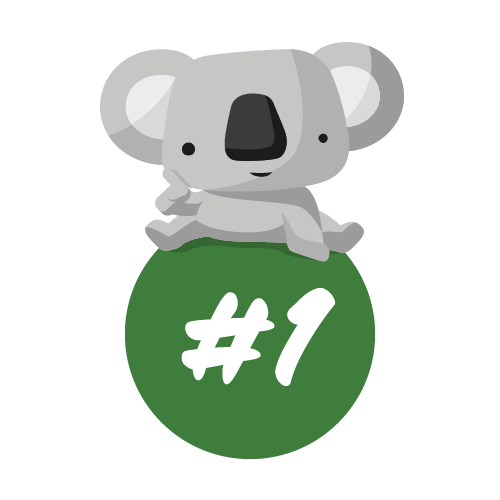
Climate Action – Global Awareness & Understanding Lesson Plan 1
Possible Subjects: Science, Geography, English
Years: 3-6
Lesson: 1 of 3
Learning Outcome
Learning to work together as a group to present evidence that shows an understanding of the climate action necessity in a global context.
Resources
Definitions & Resources
Lesson Overview
This lesson focuses on demonstrating the global warming trends over time as well as understanding how the greenhouse effect works through a practical scientific experiment.
The experiment is designed to demonstrate the effects of greenhouse gases, one of the main contributors of global warming. Students will also be introduced to the sustainable development goals and focus on SDG 13, Climate Action.
Tuning In – ‘What do students know about climate action?’
DISCUSS: Global Temperatures
Introduction (5 mins)
- Show 1st page of graphic.
- Ask the students to guess what the data is and ask them to use reasoning to justify their answer.
- Show the 2nd page of the graphic and repeat as above. Ask questions such as:
- “What does this additional information tell us?”
- “How do you know?”
- Finally, show the full graphic with all the information & give students time to read the explanation under the graphic. Ask questions such as:
- “Does this information surprise you?”
- “Can someone explain, in their own words, what this graphic is telling us?”.
EXTEND: Investigation
- Ask students to identify key historical moments in time that may have added to the rise in temperature for that year (eg, technological development etc).
- Students could also be given time to research and find these key dates themselves & share their findings with the class.
Finding out – ‘Students investigate, research & plan’
WATCH AND DISCUSS: The World’s Largest Lesson Part 1
Teach/Model (5 mins)
- Share video and discuss the SDGs with students. Ask questions such as:
- “Which, if any, of the SDGs have you heard of?”
- “Why do you think it is important for us to understand the SDGs?”
- “How can we work together on the SDGs?”
READ: SDG 13 Targets
Guided Practice (10 mins)
- After students have read the targets, discuss their thoughts.
- Explain that the focus of this lesson sequence is to understand SDG 13.
Support – for younger year groups, read through the targets together. Identify words that are tricky for the students. Have students work in pairs and find the meaning of the vocabulary (using a dictionary). Come back together and have students discuss their findings. Reword the targets in students’ own words to ensure understanding.
Extension – for older year groups, have students pair up and read through the targets together. Ask them to create a list of the key words and rewrite the targets in their own words. Come back together to share ideas and check understanding.
Do
Independent (30 mins)
- Explain to the class that they will be taking part in a science experiment that will demonstrate a simplified version of one of the main aspects of climate change, Greenhouse Gases.
- Ask students to complete one or all of the experiments listed in Task #1 (dependent on age, time restrictions and equipment available).
- Before the experiment, ask questions such as:
- “What do you think will happen?”
- “How will this experiment help our understanding of SDG 13?”
- After the experiment, ask students to split into small groups with different students to compare their findings. Ask questions such as:
- “What was the same?”
- “What was different?”
- “Were you surprised by your findings?”
Plenary Reflection (10 mins)
WATCH: Too Much Carbon Dioxide
- Share video and discuss the links to Greenhouse Gases and SDG 13.
EXTEND
- Ask students to write a report on the experiment.
Extra Activities
DISCUSS: Wrap Up Questions
- Ask the students the following questions to discuss as class/in small groups/in pairs:
- What surprised you today, and why?
- What’s the most important thing you learned today?
- What do you want to learn more about, and why?
- When were you the most creative, and why do you think that is?
- What made you curious today?
Additional Homework Activity
- Ask students to design their own experiment that demonstrates a climate action issue.

